I need to verify that a whole bunch of computers are within 50ms of ntp or nist time. Currently some are windows some are linux, and the windows machines are syncing with a domain controller that is pointed to ntp time, and each linux server is synced to a ntp pool server. Time does not seem to be a problem, but I need to prove it.
Any suggestions on methods to do this? I was hoping ntpd had some sort of logging capability, and that I could direct clients to query it and it then record the drift. I'd prefer it didn't act as authoritative time server, but just as a record keeper.
